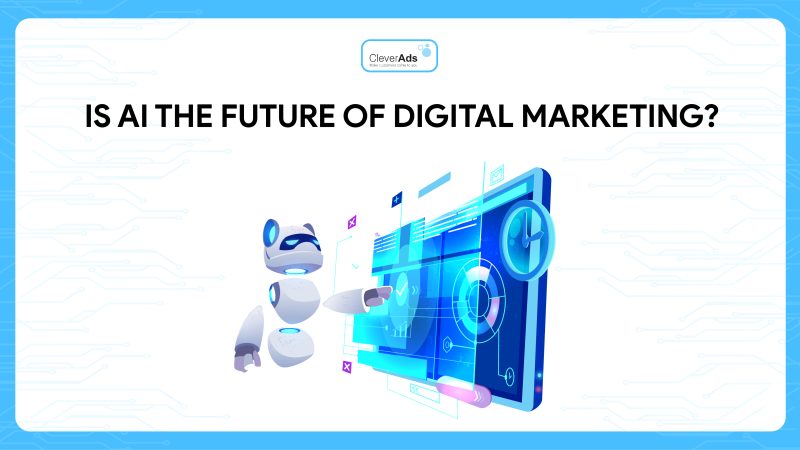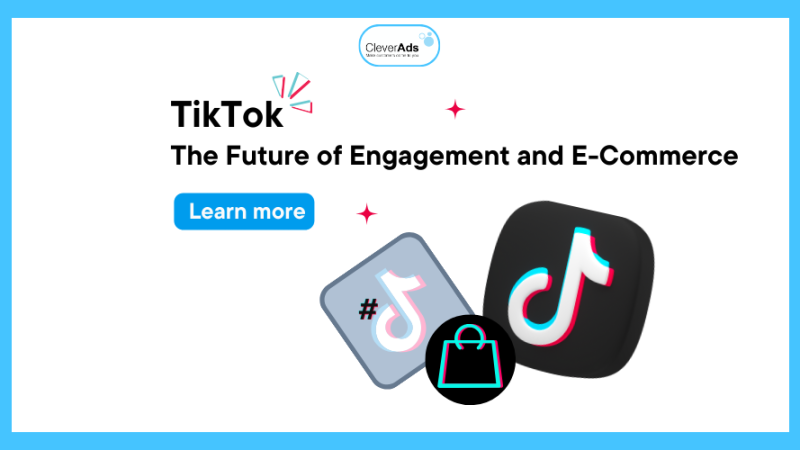Enhancing Brand Image Through Public Relations

Public Relations (PR) is a multifaceted field of communication that plays a crucial role in shaping how organizations interact with their target audiences, stakeholders, and the public at large. Here, we’ll delve into the realm of Public Relations, explaining its essence, exploring various types of PR, distinguishing it from marketing and advertising, elucidating its primary role, and highlighting the benefits of employing PR services.
What is Public Relations?
At its core, Public Relations, often abbreviated as PR, encompasses the strategic management of communication between an organization and its various publics. This discipline is dedicated to fostering positive relationships, building trust, and maintaining a favorable image for the organization. PR leverages various communication channels and tactics to achieve these objectives.
Different Types of Public Relations
Media Relations: This is perhaps the most recognizable facet of PR. It involves cultivating relationships with journalists, bloggers, and media outlets to secure positive media coverage for an organization or its products and services.
Corporate Communications: Corporate PR focuses on maintaining a consistent and cohesive message about the organization across all communication channels. It includes internal communications with employees as well as external communications with stakeholders.
Crisis Management: PR professionals are often called upon to navigate crises. They work to mitigate reputational damage during adverse situations, employing strategies to address issues transparently and effectively.
Government Relations: Organizations often need to interact with government bodies and officials. Government relations PR helps in promoting public policy and advocating for favorable regulations.
Community Relations: Building positive relationships with the local community is vital for organizations. Community PR involves initiatives such as charitable contributions, volunteer programs, and partnerships with local organizations.
Social Media and Digital PR: In the digital age, PR extends to social media and online platforms. PR professionals manage an organization’s online presence, engage with audiences, and address concerns through digital channels.
PR vs. Marketing: What Sets Them Apart?
While PR and marketing share the goal of enhancing an organization’s reputation and investigating perceptions, they differ in several key ways:
Focus: PR is primarily concerned with building and maintaining relationships, trust, and reputation. Marketing, on the other hand, is focused on promoting products or services and driving sales.
Audience: PR targets a broader audience, including stakeholders, the public, and the media. Marketing often targets potential customers and aims to convert them into buyers.
Paid vs. Earned Media: Marketing often involves paid advertising, where organizations pay for exposure. PR primarily relies on earned media, which is gained through media coverage and positive word-of-mouth.
PR vs. Advertising: Distinguishing Features
PR and advertising are often confused, but they serve distinct purposes:
Control: In advertising, organizations have full control over the message, placement, and timing of their content. PR relies on earned media, which means less control over how and when the message is conveyed.
Credibility: PR often carries more credibility than advertising because it relies on third-party endorsements, such as media coverage and testimonials.
Cost: Advertising typically requires a budget for paid placements, while PR can be more cost-effective through earned media.
The Primary Role of Public Relations
The core mission of PR is to manage and enhance an organization’s reputation. This involves:
Building Trust: PR strives to build trust between the organization and its stakeholders by ensuring transparency, open communication, and ethical behavior.
Managing Crises: PR professionals play a pivotal role in handling crises and preserving an organization’s reputation during challenging times.
Shaping Public Perception: PR shapes how the public perceives the organization by crafting compelling narratives and ensuring consistent messaging.
Fostering Relationships: PR nurtures relationships with various stakeholders, including customers, employees, investors, and the community.
Benefits of Using Public Relations Services
Enhanced Reputation: PR helps in cultivating a positive image, which can lead to increased trust and credibility among stakeholders.
Media Exposure: Effective PR efforts can secure valuable media coverage, raising an organization’s profile and reaching a wider audience.
Crisis Management: PR experts are trained to handle crises, minimizing damage to an organization’s reputation and facilitating a smoother recovery process.
Stakeholder Engagement: PR fosters meaningful relationships with stakeholders, ensuring their concerns are heard and addressed.
Cost-Effective: Compared to advertising, PR often provides a more cost-effective way to achieve visibility and credibility.
Long-Term Value: PR investments can have long-lasting effects, building a strong foundation for an organization’s future success.
CleverAdsPH’s Public Relations Services
That said, CleverAds PH offers comprehensive PR services aimed at helping businesses effectively manage their image and reputation in the market. Our PR services encompass a range of strategies and activities designed to enhance how the public perceives a brand or company. CleverAds PH’s PR team conducts in-depth interviews with clients to understand their business and goals, followed by thorough research into suitable media outlets to reach their target audience effectively
Key Takeaways
Public Relations is a dynamic and essential field in today’s communication landscape. It involves a range of activities, from media relations to crisis management, all aimed at building and maintaining a positive organizational reputation. It differs from marketing in its focus on relationships and earned media, and from advertising in terms of control, credibility, and cost.
The primary role of PR is to shape perceptions, build trust, and manage reputation, while its benefits include enhanced reputation, media exposure, crisis management, stakeholder engagement, cost-effectiveness, and long-term value. In a world where perception often shapes reality, effective PR is a cornerstone of success for organizations across industries.



